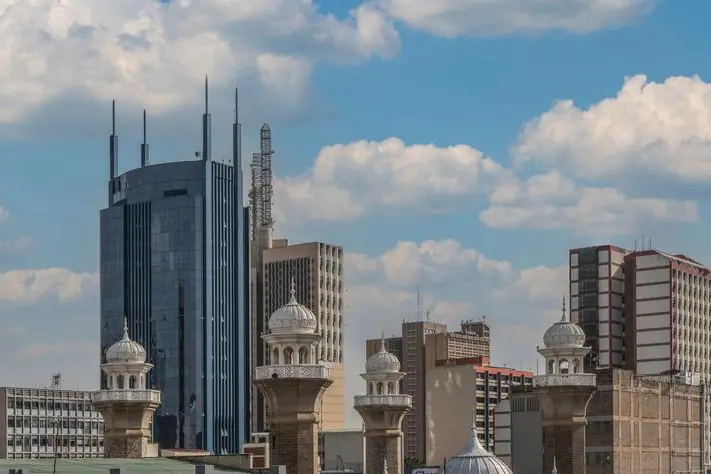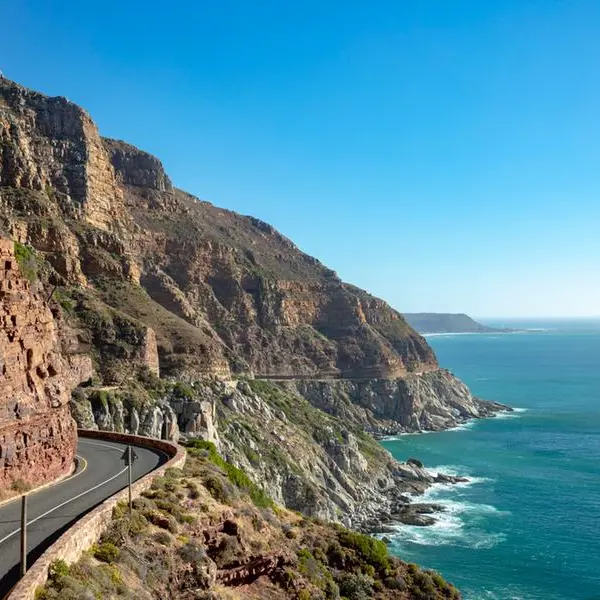PHOTO
Kenya is developing the largest geothermal plant in the world, Olkaria VI, in Hell’s Gate National Park, according to a report published by the International Monetary Fund (IMF).
The East African nation is the world’s seventh top producer of geothermal energy due to its geography. It lies in the Great Rift Valley, a series of geographic trenches and lowland areas spanning 4,300 miles from Lebanon to Mozambique.
According to the report, the Rift Valley area in Kenya is an incredibly cost-effective place to harness the earth’s heat.
On average, engineers around the world need to drill down about 3,000 to 4,000 meters to make a geothermal well, but some wells in Kenya are only 900 meters deep, said Peketsa Mangi, general manager of geothermal development at state-owned Kenya Electricity Generating Company (KenGen).
However, Kenyan companies such as KenGen pay major up-front costs, almost 600 million shillings ($5 million), to drill one well in the area around Hell’s Gate, with an average five-megawatt (MW) potential.
The country has exploited close to 950 MW of geothermal energy so far, enough to power about 3.8 million homes through state and private commercial projects.
“A developing country having close to 90 percent of renewable energy power generation is quite unique,” said Tobias Rasmussen, IMF resident representative in Kenya.
“Renewable energy has the potential to be a major growth driver for Kenya going forward,” he stated.
Kenya’s President William Ruto has pledged to develop geothermal capacity, reaching 100 percent clean energy by 2030.
The government estimates 10,000 MW of untapped geothermal energy, enough to power Kenya’s current peak demand five times, spread out across two dozen sites in its Rift Valley region, the report stated.
(Editing by Seban Scaria seban.scaria@lseg.com )























